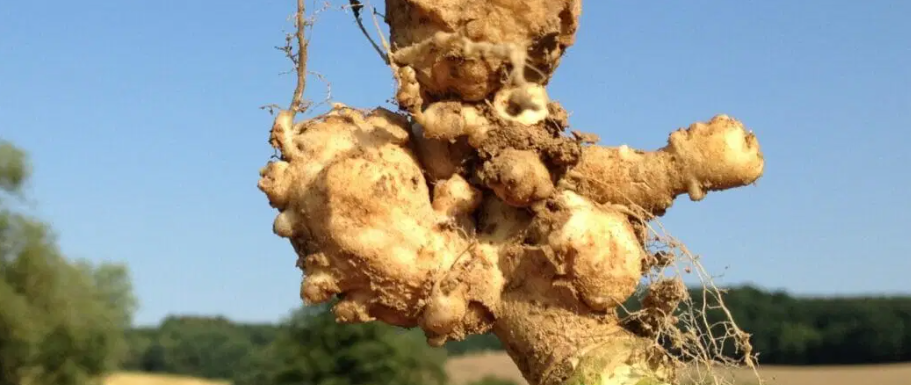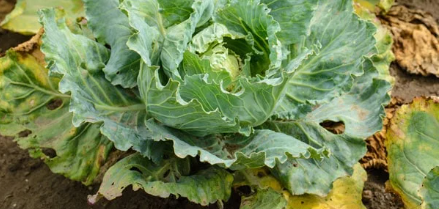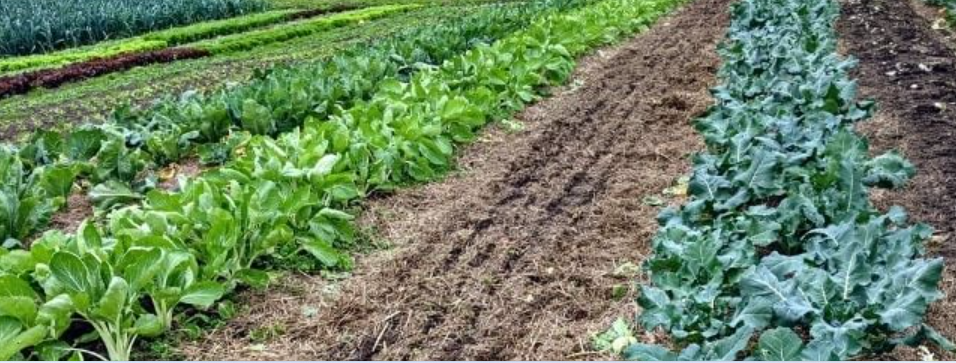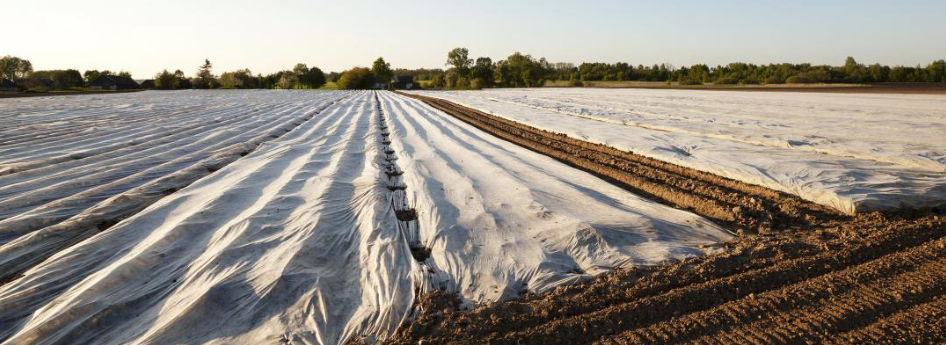Club root is a disease of the roots of vegetables in the cabbage family: Brussels sprouts, cauliflower, turnip, and swede. It causes the roots to swell, leading to stunted growth.

What is Clubroot?
Clubroot is a soilborne disease caused by Plasmodiophora brassicae. It normally affects the roots of the plants of the family Brassicaceae (Cruciferae); commonly known as the cabbage family.
This pathogen infects plants like cabbage, broccoli, cauliflower, and more, through the plants’ root hairs. Diseased roots become swollen and deformed (clubbed), often cracking and rotting. As a result, plants have a hard time absorbing minerals and water properly. Plants will often grow poorly and wilt during the heat of the day but revive during cool nights. Outer leaves turn yellow, purple or brown.

How do we treat the clubroot organically?
1. Choose resistant varieties to grow.
Disease-resistant varieties of crops can help reduce the spread of the disease in the following ways:
- Reduced Infection in Resistant Plants: Disease-resistant varieties are less susceptible to infection by clubroot. As a result, the plants may not develop the characteristic symptoms of the disease
- Reduces Soil Contamination: Since resistant varieties are less likely to be severely affected by clubroot, they may not harbor or release as many spores of the disease into the soil. This reduces the chances of greater spread of the disease.
- Reduced Reservoirs for Disease: If a field is planted with resistant crops, there are fewer hosts for the clubroot pathogen to thrive on, reducing the number of infected roots that act as reservoirs for the pathogen.
2. Keep the garden clean and rotate crops.
Most Plant diseases thrive in a bush and weedy gardens. Where there is poor air circulation, poor exposure to sunlight among others. Cleaning the garden reduces the chances for disease spread.

Every time you rotate your crops, the disease that affected your previous crop will die out since it does not find a thriving atmosphere. This will help reduce the spread of the disease.
3. Solarize your soil.
Solarize your soil for four to six weeks by placing a clear plastic tarp on the soil. During the hottest part of the day, the tarp cooks the inhabiting pests and weed seeds. Keep in mind that these spores can survive for up to 20 years.

4. Keep Weeds away.
Make sure to keep weeds like mustard, radish, and shepherd’s purse away. These plant’s susceptibility to this fungus may build up the disease in the soil.
5. Remove all infected plants.
Carefully remove infected plants and clean garden tools with a bleach-water mixture. With is the fastest way of removing large infected plants from the garden.
6. Raise soil PH.
Raise your soil’s pH to 7.2 by adding dolomite lime into your garden in the fall. It is always best to have a soil test done and talk with an agronomist about suggestions and quantity.
